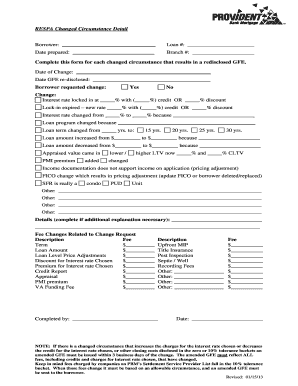
If your beginning balance doesn’t match your statement, don’t worry. From hosting and domains to essential plugins and transaction fees, discover the real cost. Once connected, all bills in QuickBooks Online will sync in real-time with Wise. Bill payments are automatically synced, matched, and categorized in QuickBooks. QuickBooks will load the statements and facilitate a side-by-side comparison.
QuickBooks, a leading accounting software, stands the direct and the indirect method for the statement of cash flows as a crucial tool in this endeavor. Its advantage lies in its ability to streamline and enhance the account reconciliation process, thereby contributing to the overall financial health of an organization. Let’s delve into the specific advantages that QuickBooks brings to the table. Accessing the reconcile window in QuickBooks Desktop is the initial step in the reconciliation process, enabling users to match the financial records with the bank statement and ensure accuracy. Entering the ending balance in QuickBooks Online is a crucial step in the reconciliation process, ensuring that the financial records align with the closing balance of the bank statement.
Reconciling Bank Accounts in QuickBooks
Maintaining accurate transaction records is vital for financial reporting and decision-making processes within organizations. Reviewing transactions in QuickBooks Online facilitates the identification of fraudulent activities or unauthorized charges, contributing to a comprehensive and secure financial management system. Reconciling statements with your QuickBooks company file is an important part of account management.
You can then select Start reconciling to begin the reconciliation of each transaction in that account. When you’re done reviewing your statement, you’ll know everything made it into QuickBooks. To enter the ending balance, you should first navigate to the ‘Reconcile’ page and select the appropriate account. Sometimes things get missed – it’s bound to happen every once in a while.
Step 1: Accessing the Reconciliation Tool

Over a short timeframe such as a month, differences between the two balances can exist (due to bank errors or checks that have not been cashed by the payee, for example). Frequent reconciliation is important to ensure your QuickBooks accounts remain accurate. Finally, you need to make sure all transactions are matched to already-entered transactions, or categorized and added if there is no such transaction entered already. QuickBooks will attempt to match downloaded transactions to previously-entered transactions to avoid duplication. To carry out a reconciliation, you will need to have your monthly bank or credit card statements on hand. (If you’re in the middle of reconciling, stay on the page you’re on and skip to step 4).
Review Transactions
- By reconciling regularly, businesses can detect and rectify any discrepancies, minimizing the risk of errors and fraudulent activities.
- This process is crucial in achieving reconciliation accuracy, as it involves reviewing and making necessary modifications to account for any discrepancies.
- By marking transactions as cleared, it helps to confirm that the funds have been successfully transferred and received, providing a clear trail of verified financial activities.
- Here’s how to reconcile older transactions so everything stays balanced.
You should reconcile your bank and credit card accounts in QuickBooks frequently to make sure they match your real-life bank accounts. The reconciliation process is concluded by affirming that the closing balances match, signifying the successful alignment of the financial records with the official bank statements. Gathering the bank statement and transactions is the bookkeeping services examples initial step in reconciling a bank statement in QuickBooks, enabling the comprehensive matching of financial data with the official bank records. Entering the ending balance in QuickBooks Desktop is a critical step in the reconciliation process, ensuring that the financial records match the closing balance of the bank statement accurately. Accessing the reconcile tool in QuickBooks Online is the initial step in the reconciliation process, allowing users to review and match the financial records with the bank statement.
Make sure you enter all transactions for the bank statement period you plan to reconcile. If there are transactions that haven’t cleared your bank yet and aren’t on your statement, wait to enter them. This verification process is essential in identifying and rectifying any irregularities, providing a clear and accurate portrayal of the company’s financial standing. With its ability to integrate seamlessly into QuickBooks, reconciliation streamlines the financial management process, ensuring compliance and transparency. If you adjusted a reconciliation by mistake or need to start over, reach out to your accountant. These kinds of changes can get complicated and unbalance your accounts.
If you’re a business owner or an accountant, you’re likely aware of the crucial role that accurate financial records play in the success of your enterprise. In the realm of financial management, reconciling accounts stands as a fundamental task. It ensures the harmony between your recorded transactions and the reality reflected in your bank statements. QuickBooks, a leading accounting software, offers a powerful toolset dollar-value lifo method calculation for precisely this purpose.
It ensures that QuickBooks entries align with those in your bank and credit card account statements. When reconciling an account, the first bit of information you need is the opening balance. If you choose to connect your bank and credit cards to your online account, QuickBooks will automatically bring over transactions and also the opening balance for you. Use this guide anytime you need help doing or fixing a reconciliation.